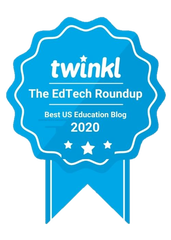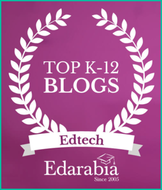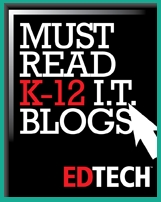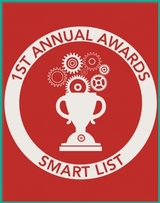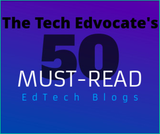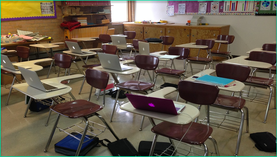
Promote Constructive Discussions in the Classroom
These preparations will help students break out of their social media “bubbles.” Students, especially teens, perceive much of the world through social media. This is problematic, considering the ways that online echo chambers isolate us from those we disagree with. Confirmation bias cements our (often flawed) beliefs to the point that it is hardly surprising that most pundits view the world in black and white; the middle ground has been torn to shreds. Is this a healthy lens from which to view the world?
Bring hot topics from the news into the classroom. While discussing politics in the classroom remains a controversial tactic, it can be done correctly. Refrain from expressing your own biases. Teach students to engage in constructive discussions. Analyze articles from both sides of the political spectrum. This will help students to become more tolerant of those whose views differ from their own. We cannot help students to think for themselves if we fail to arm them with the tools necessary to rationally analyze arguments from both sides of the aisle.
Keeping in line with this philosophy, strive to provide multiple perspectives on topics. Even historical information can be analyzed from many points of view. According to Dr. Penelope Moon of ASU, “Students have the impression that history is about the facts — but really, historians are themselves embedded. Who they are and when they’re writing shapes the questions they ask and informs their interpretation of evidence.” Offering multiple perspectives on any given issue will foster a dialectical mindset within students.
Teach Students to Analyze Sources
One method of helping learners to rationally analyze sources in an organized manner is by using the Primary Source Analysis Tool, created by the Library of Congress to provide structure for students to analyze and evaluate information. This simple form can be used in nearly any grade level, and has proven to be an invaluable tool to many instructors. In fact, some teachers have stated that their students usually internalize the process, leading to stronger critical thinking skills.
Throughout these assessments, stress that some sources are not appropriate for academic papers. This distinction has been muddled in the digital age, so you can prepare to repeat “No, Wikipedia cannot be used as a source,” ad nauseum, unless you elaborate on why. Explain the criteria for what constitutes a scholarly source: You must rely on primary sources. Articles from recognized academic publishers are acceptable; a blog post from an unknown author on a fringe website is not. Sources used in academic papers should rely on evidence. These are few of the expectations you should establish early on.
If students are struggling to properly identify scholarly sources, consider getting access to a database of resources that the class can use, such as JSTOR. For niche subjects, consider creating your own database of approved resources through a FileMaker developer. By regularly engaging with reputable sources, students will become more adept at recognizing untrustworthy information.
Of course, since your students will be searching the internet for information, you must stress the importance of staying safe online. As a string of unfortunate data breaches and leaks from the beginning of the year remind us, no one is immune to having their information stolen. Remember to teach the values of digital citizenship throughout your curriculum, including advising students on digital profiling and internet security.
Perspective is everything. Our experiences color our interpretation of events and information. When it comes to ensuring a quality education for our youth, ignoring perspective is not an option. Teaching media literacy can help students assess information, recognize bias, and draw their own conclusions. While addressing bias in the classroom can be a daunting proposition in these politically vitriolic times, current generations of learners must be equipped with the tools needed to become independent thinkers.






